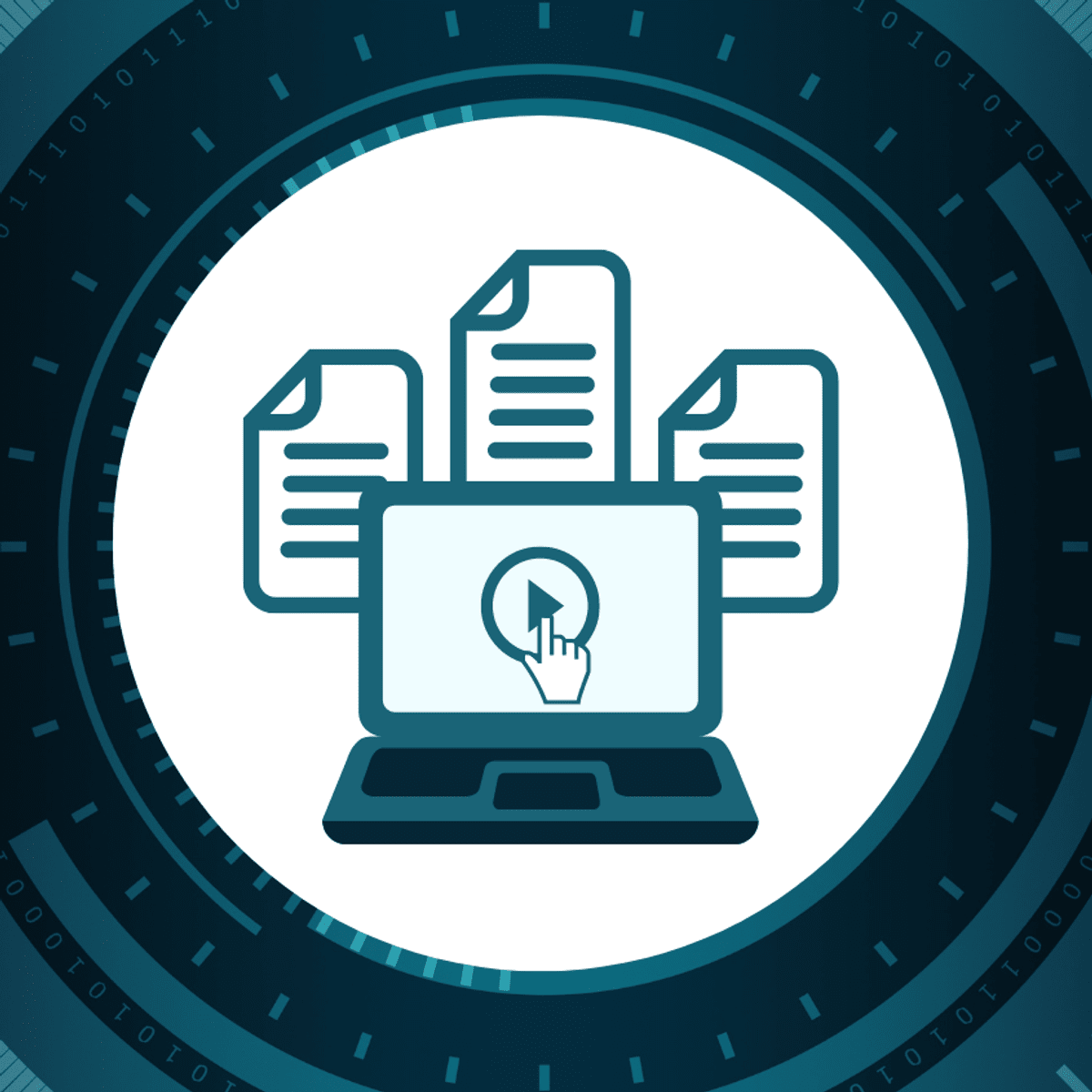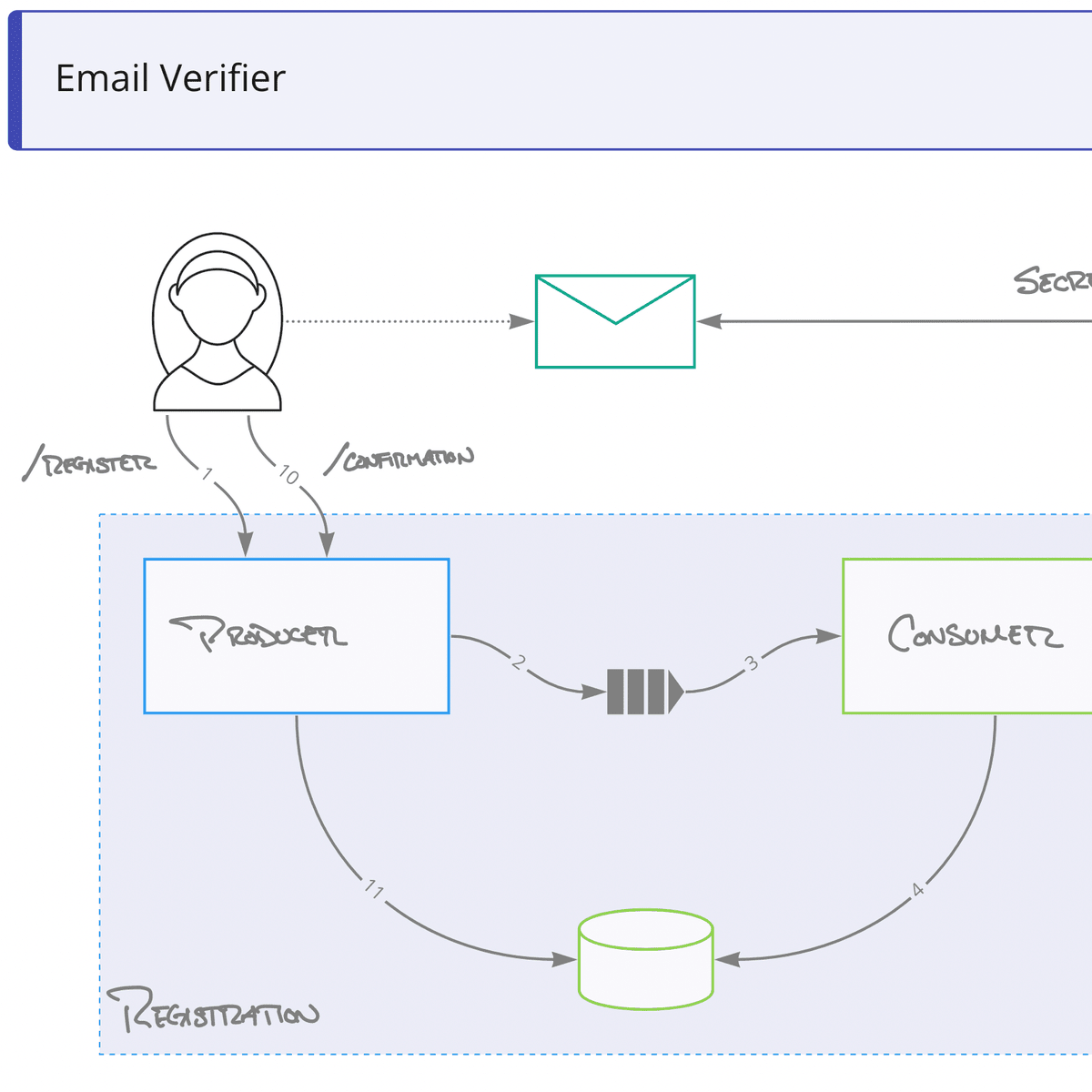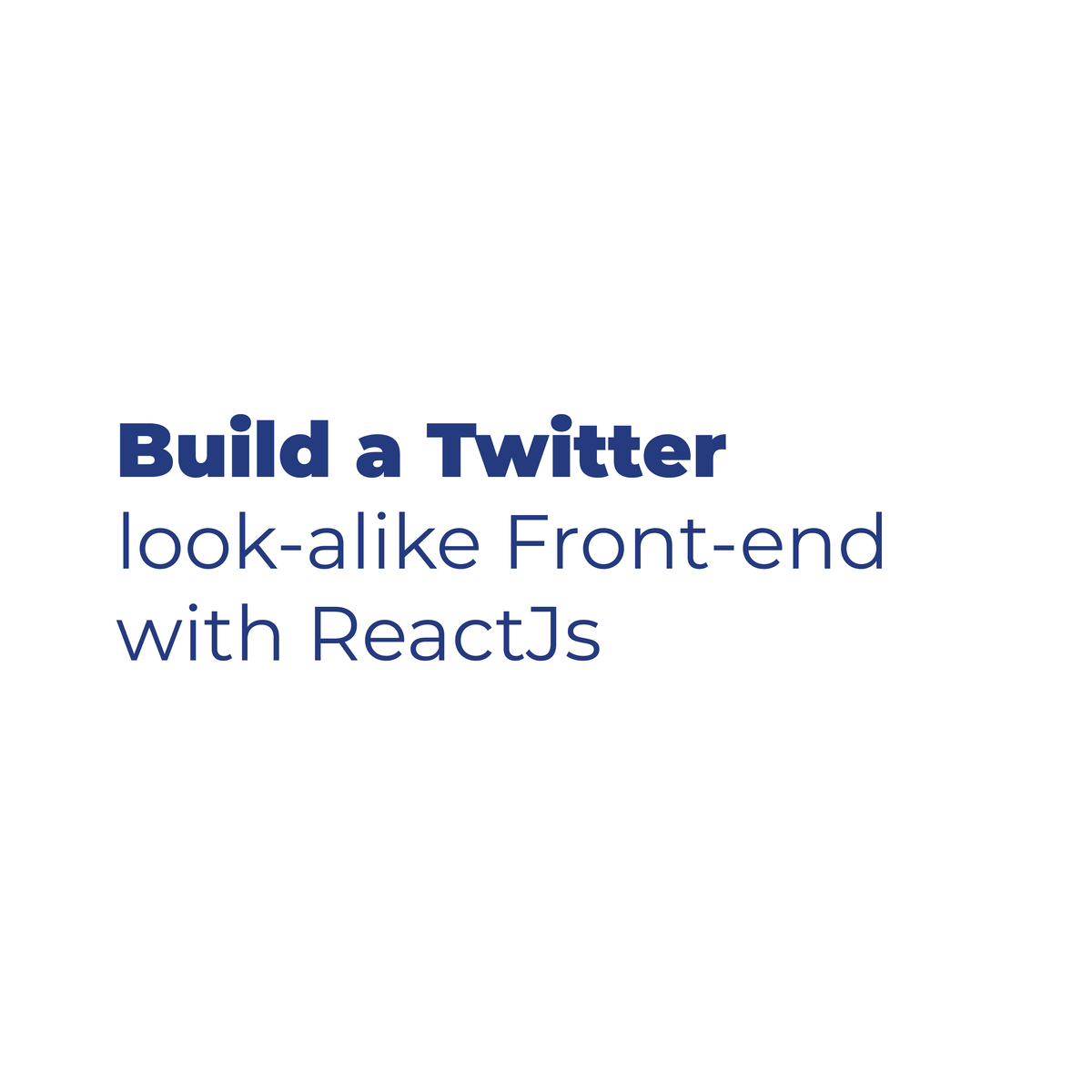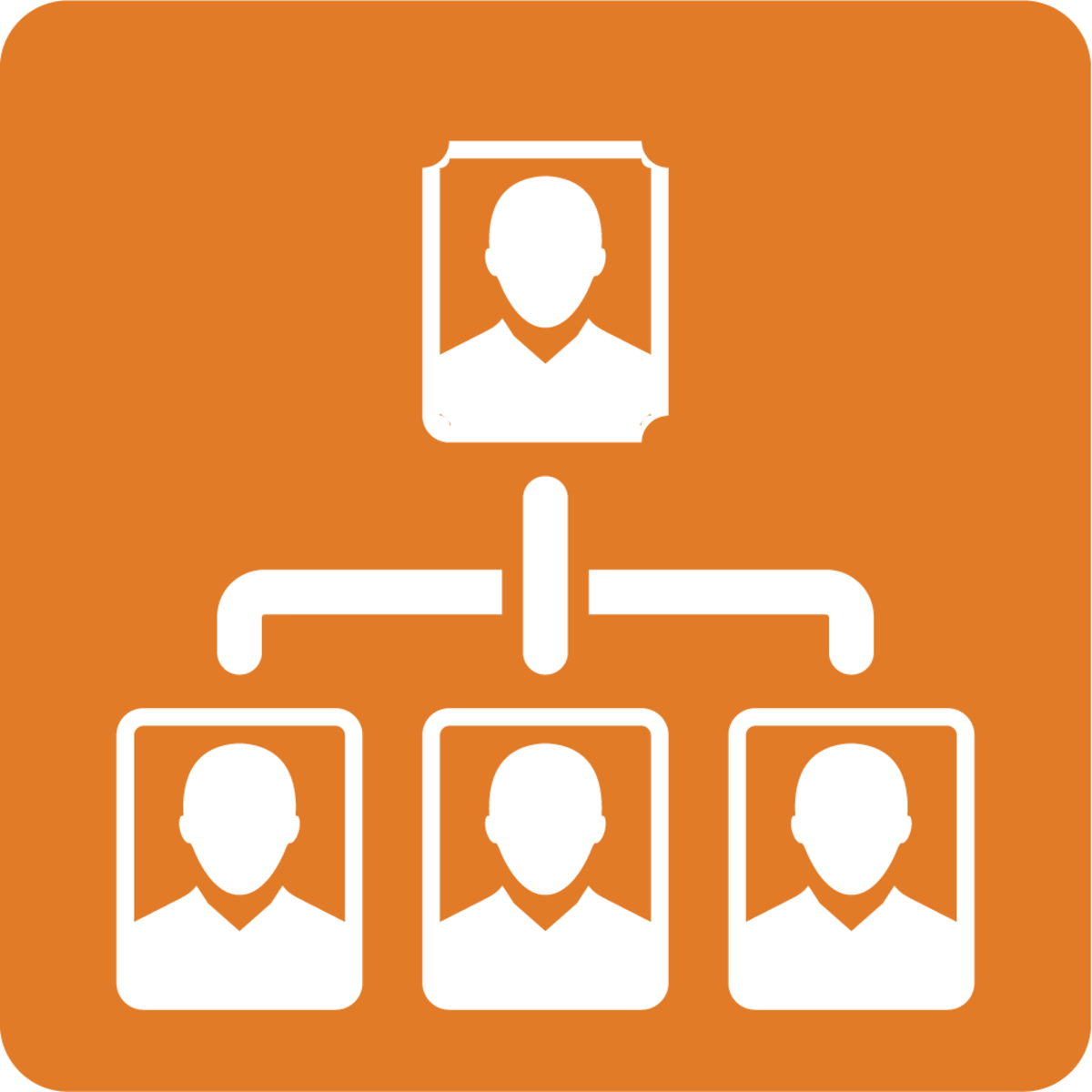Back to Courses









Computer Science Courses - Page 229
Showing results 2281-2290 of 2309

Generate Reports with the Help of a Flow Inside Power Apps
Are you bored keeping track of expenses in your company and constantly creating the same old reports for another time period? Don't worry, with the help of Power Apps and Power Automate you can easily create an app and flow that will solve all your problems!
In this beginner-level guided project "Generate Reports with the Help of a Flow Inside Power Apps", you will learn how to generate reports with Power Automate flow and integrate the flow inside the Power Apps application. We will also create an application that allows us to create new records, delete and modify old records, and search by different fields to find the specific record. First, we will create our data source in SharePoint lists and then we are going to create a model-driven app with the SharePoint template
We will be able to create a new expense with the app, see all of the expenses, filter the expenses depending on various criteria and even change some of the old records. Aside from that, we will create an instant flow that will be triggered by pressing a button in our application. The flow will generate a report for a specific time period according to our requirements and will be sent to the desired email address.
The requirement for this project is having a Microsoft Developer Program account and you will be provided with instructions on how to acquire it.
Anyone with basic understanding of data types and Excel-like formulas can learn to use Power Automate and Power Apps. If you would like to make your life easier by automating manual, time-consuming business tasks, then this project is for you! Let's get started!

Create Emotes with Inkscape
By the end of this project, you’ll be able to create emotes, images that you can use in chat messages to quickly convey an emotion, an idea, and often a brand. You’ll build an emote that meets the current Twitch guidelines, and you’ll create that emote in Inkscape, a free, open-source program that creates vector graphics. Because what you create in Inkscape is vector-based, those images can be quickly resized and tend to have clear, bold colors and shapes. So vector graphics make great emotes. They can also be resized and edited quickly—and they’ll stay clear and sharp even after the changes.
During this project, you’ll build an emote out of basic and complex vector objects and paths. First, you’ll practice researching icon requirements and prepare the Inkscape workspace to create emotes. Then you’ll create two different kinds of emotes: a cartoon bat emote, step by step, starting with basic shapes and then using Inscape’s editing and path commands to create complex combinations of shapes.
By the end of the project, you’ll be comfortable planning and creating emotes for use in Twitch chat.
Note: This course works best for learners who are based in the North America region. We’re currently working on providing the same experience in other regions.

Software Architecture Patterns for Big Data
The course is intended for individuals looking to understand the architecture patterns necessary to take large software systems that make use of big data to production.
You will transform big data prototypes into high quality tested production software. After measuring the performance characteristics of distributed systems, you will identify trouble areas and implement scalable solutions to improve performance. Upon completion of the course you will know how to scale production data stores to perform under load, designing load tests to ensure applications meet performance requirements.
Software Architecture Patterns for Big Data can be taken for academic credit as part of CU Boulder’s Master of Science in Data Science (MS-DS) degree offered on the Coursera platform. The MS-DS is an interdisciplinary degree that brings together faculty from CU Boulder’s departments of Applied Mathematics, Computer Science, Information Science, and others. With performance-based admissions and no application process, the MS-DS is ideal for individuals with a broad range of undergraduate education and/or professional experience in computer science, information science, mathematics, and statistics. Learn more about the MS-DS program at https://www.coursera.org/degrees/master-of-science-data-science-boulder.

Operating Systems and You: Becoming a Power User
In this course -- through a combination of video lectures, demonstrations, and hands-on practice -- you’ll learn about the main components of an operating system and how to perform critical tasks like managing software and users, and configuring hardware.
By the end of this course you’ll be able to:
● navigate the Windows and Linux filesystems using a graphical user interface and command line interpreter
● set up users, groups, and permissions for account access
● install, configure, and remove software on the Windows and Linux operating systems
● configure disk partitions and filesystems
● understand how system processes work and how to manage them
● work with system logs and remote connection tools
● utilize operating system knowledge to troubleshoot common issues in an IT Support Specialist role

Overview of Advanced Methods of Reinforcement Learning in Finance
In the last course of our specialization, Overview of Advanced Methods of Reinforcement Learning in Finance, we will take a deeper look into topics discussed in our third course, Reinforcement Learning in Finance.
In particular, we will talk about links between Reinforcement Learning, option pricing and physics, implications of Inverse Reinforcement Learning for modeling market impact and price dynamics, and perception-action cycles in Reinforcement Learning. Finally, we will overview trending and potential applications of Reinforcement Learning for high-frequency trading, cryptocurrencies, peer-to-peer lending, and more.
After taking this course, students will be able to
- explain fundamental concepts of finance such as market equilibrium, no arbitrage, predictability,
- discuss market modeling,
- Apply the methods of Reinforcement Learning to high-frequency trading, credit risk peer-to-peer lending, and cryptocurrencies trading.

Data-Driven Testing (via spreadsheet) with Selenium & Nunit
Selenium is one of the most famous UI test automation tool which works well with the NUnit testing framework.
Data-Driven testing is test design and execution strategy where test data is external to your functional tests. One of the ways is to keep the test data in external files like Spreadsheets.
The library used to read data from the excel sheet is Excel Data Reader
In this two hours guided project, through hands-on, practical experience, you will go through concepts writing reusable and structure code, writing utilities to read test data from an external source like Spreadsheets, and derive test cases through these test data.

Audit System with Spring Boot AOP
In this guided project you will learn about what is AOP(Aspect Oriented Programming) and its key terminologies. Then you will also learn about what are the different types of advice in Spring Boot AOP. Then you will be given a walkthrough of an provided Employee Management System application builded using Spring Boot Framework. Then in this Employee Management System application you are going to implement an Audit System to audit events such as when a new employee is added, exception scenarios such as someone trying to update an non-existing employee with help of After Returning advice and After Throwing advice.
By the end of this project, you will be able create an Audit System for any application builded using Spring Boot Framework by using Spring Boot AOP and you will have in-depth knowledge about After Returning advice and After Throwing advice in Spring Boot AOP and you will also have good idea about how to write pointcut expressions for selecting the business logic methods for applying advices on.

Identify One Source of Truth with a Project Wall in Miro
By the end of this project, you will be able to identify one source of truth by creating a sharable project wall.
To do this, you will gain hands-on experience designing a project wall that ensures transparency, a shared sense of responsibility across an organization, and delivers products faster in the Miro online visual collaboration platform for teamwork.
Note: This course works best for learners who are based in the North America region. We’re currently working on providing the same experience in other regions.

Build a Twitter Clone Front-End with ReactJS
In this 1-hour 20-minutes long project-based course, you will learn how to create a fully functioning Front-End for a Twitter clone with ReactJS. You will learn how to start a project from scratch with create-react-app, how to build functional React components and pass props down the components tree, how to implement components state, how to fetch data from an external API and how to store and display it. And, lastly, you will be able to style the components with Bootstrap and CSS.
Note: This course works best for learners who are based in the North America region. We’re currently working on providing the same experience in other regions.
Networks and Communications Security
Welcome to Networks and Communications Security Course!
In the Networks and Communications Security Course, you will learn about the network structure, data transmission methods, transport formats, and the security measures used to maintain integrity, availability, authentication, and confidentiality of the information being transmitted.
Concepts for both public and private communication networks will be discussed.
Course Objectives
1. Describe network-related security issues
2. Identify protective measures for telecommunication technologies
3. Define processes for controlling network access
4. Identify processes for managing LAN-based security
5. Describe procedures for operating and configuring networked-based
security devices
6. Define procedures to implement and operate wireless technologies
